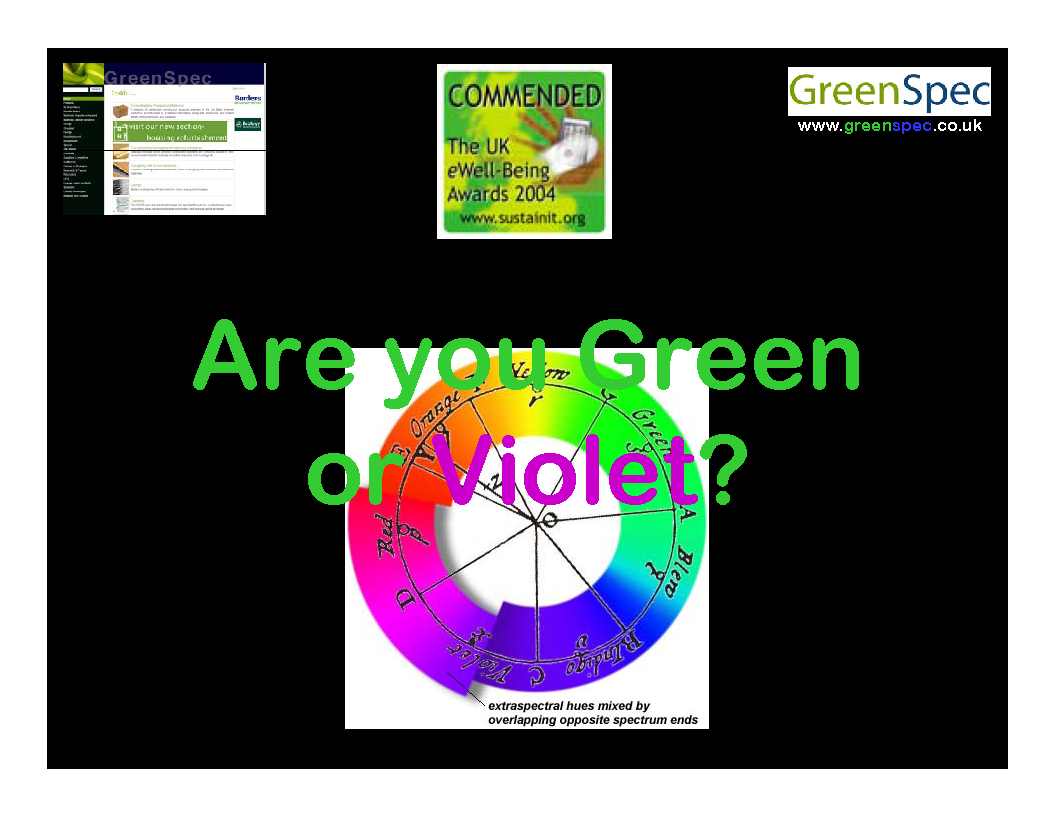
GBE Violet Materials
GBE > Encyclopaedia > Code > Materials > G#963 N#983
GBE Violet Materials
About:
REACH & Flooring Materials
There has recently been a flood of chemicals based sustainability issues as well as compliance and legislative requirements. It is not very often that the chemicals found in products in our homes and workplaces and phrases such as “Endrocrine Disrupting Chemicals” (EDC’s) make front page headlines. However following publication of a controversial report on EDC’s by the UN and World Health Organisation, the Daily Mail chose this as their lead story. This was picked up nationally and the complex issues raised discussed at length by experts on all sides of the debate. I would like to look at this and other current chemicals issues and offer some explanation as to what lies behind them before turning to the options available to flooring companies who are trying to cope with them.
The UNITED NATIONS ENVIRONMENT PROGRAMME and WORLD HEALTH ORGANISATION recently published a landmark report setting out global concerns about substances known as Endocrine Disrupting Chemicals (EDC’S). EDC’s include phthalates which are softeners found in plastics such as PVC, some flame retardants used in textiles and furniture and metals like lead and mercury.
The human endocrine system controls hormones which influence processes in the body, including cell differentiation during development and organ formation in the womb, as well as most tissue and organ functions throughout adulthood. Human and wildlife health depends on the ability to reproduce and develop normally and this is not possible without a healthy endocrine system. The people behind the report included 21 leading medical experts, health authorities, universities and government environmental agencies from around the globe. They concluded that that there were now undeniably:
- Increasing trends of many endocrine-related disorders such as reduced semen quality and genital malformations, adverse pregnancy outcomes and significant increases in endocrine-related cancers such as breast, ovarian, prostate and testicular.
- Significant observations of endocrine-related effects in wildlife populations.
- Identification of a number of EDC’s which can be linked to these diseases in laboratory studies.
The report stressed that the evidence was inconclusive and industry representatives have challenged the scientific basis for the findings and have issued reassurances to calm concerns. However the researchers say that the vast majority of commercial chemicals are untested and suggest that the “precautionary principle” should apply in considering any case for banning EDC’s. This means that probability of harmful effects should be the key rather than fully conclusive scientific evidence. The report quotes the experience of the 1970’s when lead (an EDC) in petrol was banned. This had been delayed for many years despite strong evidence that petrol was the source of lead found in our bodies. This measure has now been shown to have almost eliminated lead from our bloodstreams. The “precautionary principle” certainly appeals to Sweden’s environment minister who is threatening to introduce a national ban on EDC’s if the European Union does not act.
New legislation in the form EU’s BIOCIDAL PRODUCTS REGULATION comes into force this September. This requires biocidal products to undergo additional approval and authorisation by the European Chemicals Agency. Again this arises from concerns about the potential toxicity of some biocides. Full details and implications are, as yet, unclear. The regulations include new labelling and supply chain communications and deadlines. This means that articles such as carpets, which are treated to protect against bacterial or mould-related odours and staining, will now have to be labelled to ensure that customers are informed that these chemicals are present.
The mammoth REACH REGULATIONS ended their latest phase on May 31st. Manufacturers and importers completed registration of substances which are imported to the EU in the range of 100 to 1000 tonnes per annum. Each substance is risk assessed and any substance of concern will undergo toxicity testing. By 2018 it is likely that several hundred chemicals will be withdrawn on the grounds of toxicity or on the basis that the REACH process is too costly. This could mean that some flooring products may not perform as well if established raw materials are substituted with safer alternatives.
The EUROPEAN COMMISSION ENVIRONMENT DIRECTORATE GENERAL published a paper concerning RECYCLING AND REACH which is of relevance to those recycling PVC flooring. All forms of recycled PVC is considered to be waste under the WASTE FRAMEWORK DIRECTIVE (WFD). However as waste PVC may contain a REACH listed Substance of Very High Concern (SVHC) there has been confusion as to which rules should apply. The paper includes an example of just such a dilemma involving the recycling of PVC containing the phthalate DEHP – an SVHC. Recycling can involve the creation of an “article” e.g. a traffic cone. REACH includes a need to notify customers if any article contains more than 0.1% of any SVHC. So “articles” however manufactured must comply with REACH. However this guidance appears to state that all processing of recycled PVC involved in manufacturing an article is still covered by the WFD. Whether this is helpful and how recyclers are to establish the content of waste PVC is unclear.
Finally the influential NGO CHEMSEC have announced a doubling of the number of chemicals on their influential SIN LIST (Substitute it Now) to 626. The REACH SVHC list is reviewed every 6 months and has grown steadily from 17 to 138 substances which now have a limited future. All initially appeared on the SIN list which may then be taken as a good indicator of where REACH is going. The SIN list includes chemicals used in flooring and it can be assumed that manufacturers will be taking note and planning accordingly.
It would seem apparent that hazardous chemicals management should be at the centre of sustainability programmes. Yet the road to greener and safer chemicals is clouded in complexity and uncertainty. What then should be done? One way forward is to join with the NGO’s and to work with them. An example is BizNGO which has many flooring company members in the USA and works closely with Chemsec in Europe. Members have signed up to a set of ideas and principle set out below, which form a strategy for developing and using environmentally preferable chemicals.
1. Know and disclose product chemistry. Manufacturers will identify the substances associated with and used in a product across its lifecycle and will increase as appropriate the transparency of the chemical constituents in their products, including the public disclosure of chemicals of high concern. Buyers will request product chemistry data from their suppliers.
2. Assess and avoid hazards. Manufacturers will determine the hazard characteristics of chemical constituents and formulations in their products, use chemicals with inherently low hazard potential, prioritize chemicals of high concern for elimination, minimize exposure when hazards cannot be prevented, and redesign products and processes to avoid the use and/or generation of hazardous chemicals. Buyers will work with their suppliers to achieve this principle.
3. Commit to continuous improvement. Establish corporate governance structures, policies, and practices that create a framework for the regular review of product and process chemistry, and that promote the use of chemicals, processes, and products with inherently lower hazard potential.
4. Support public policies and industry standards that:
- advance the implementation of the above three principles;
- ensure that comprehensive hazard data are available for chemicals on the market;
- take action to eliminate or reduce known hazards; and promote a greener economy, including support for green chemistry research and education.
One major company that has bought in to these principles is SKANSKA Construction who are, in their words, on a road to a “deep green state” which they describe in the figure below and which emphasises “zero hazardous materials“
© Alan R Best CFJ June 2013
© GBE NGS ASWS BrianMurphy
aka BrianSpecMan
June 2013
GBE Violet Materials
Images:
Fig. 1 GBE CPD Are you Green or Violet? (P)
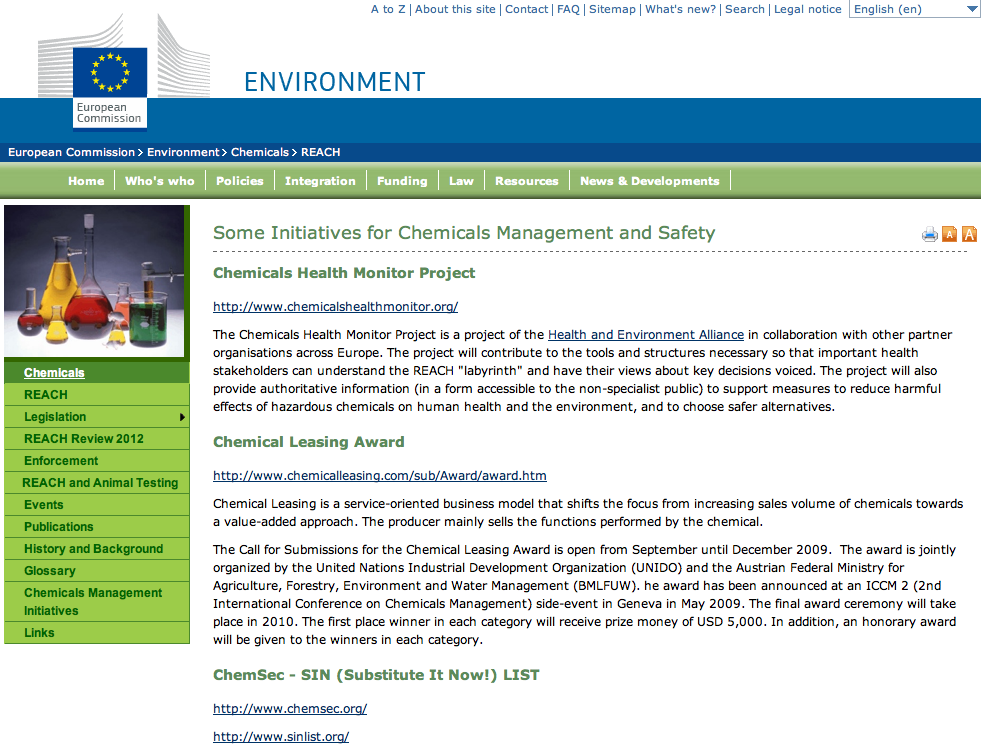
Fig. 2 REACH Website
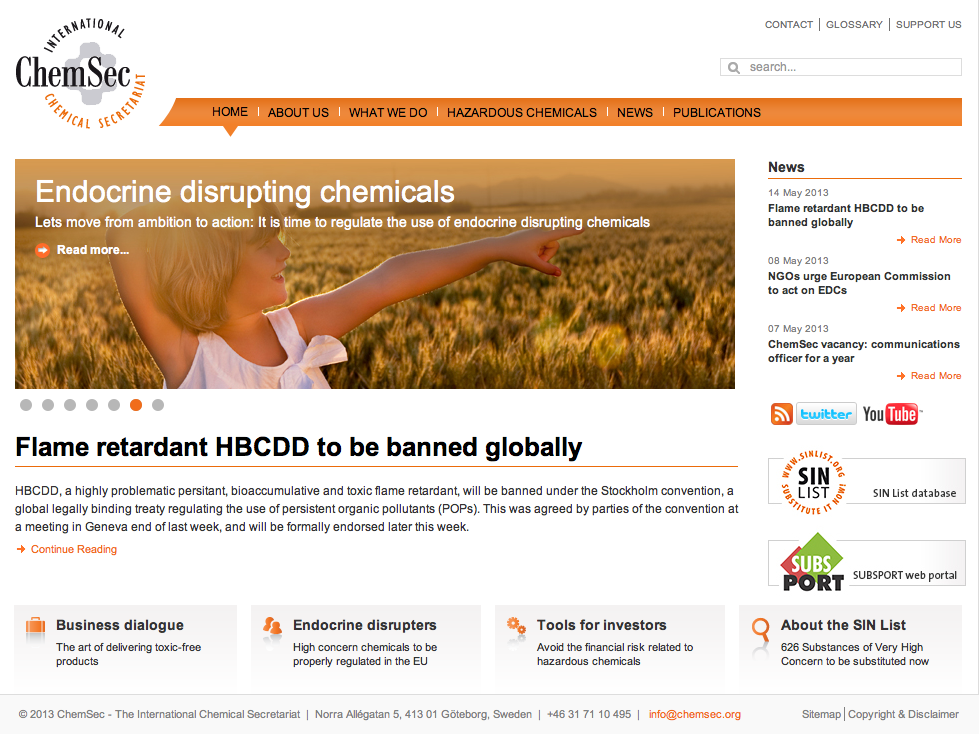
Fig. 3 ChemSec Website
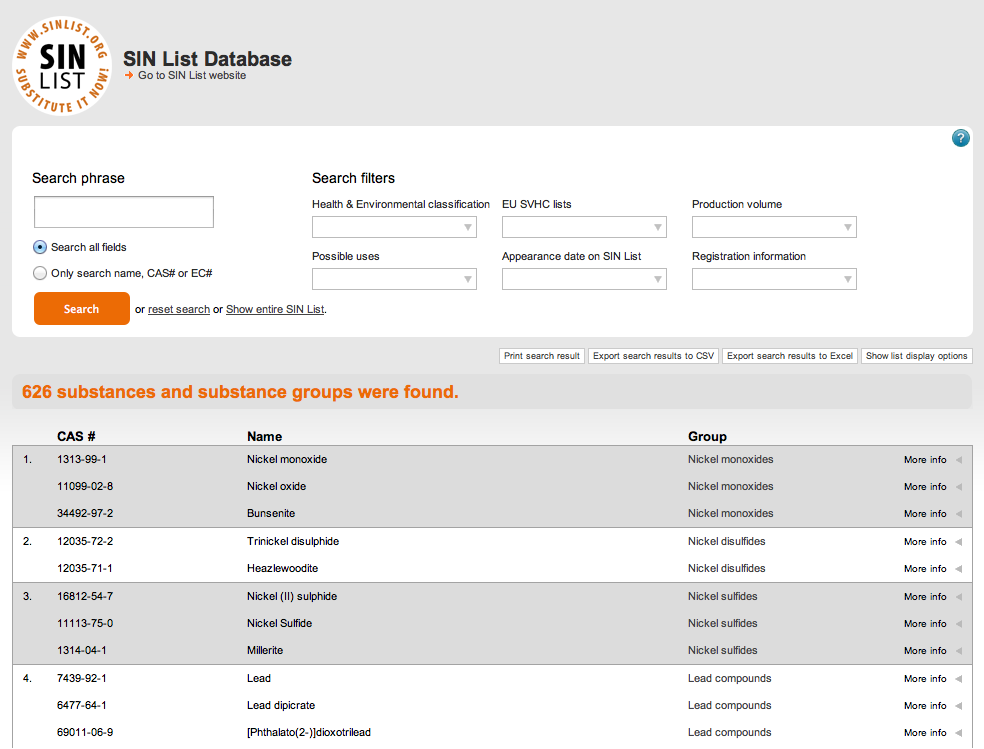
Fig. 4 SIN Substitute It Now Website
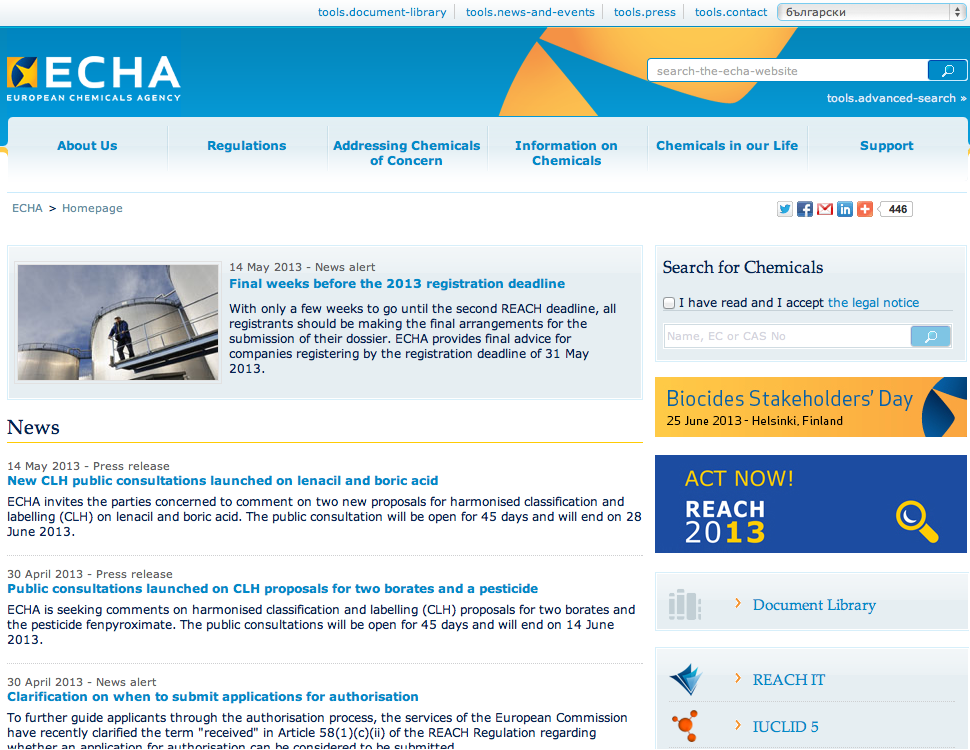
Fig. 5 ECHA European Chemical Agency Website
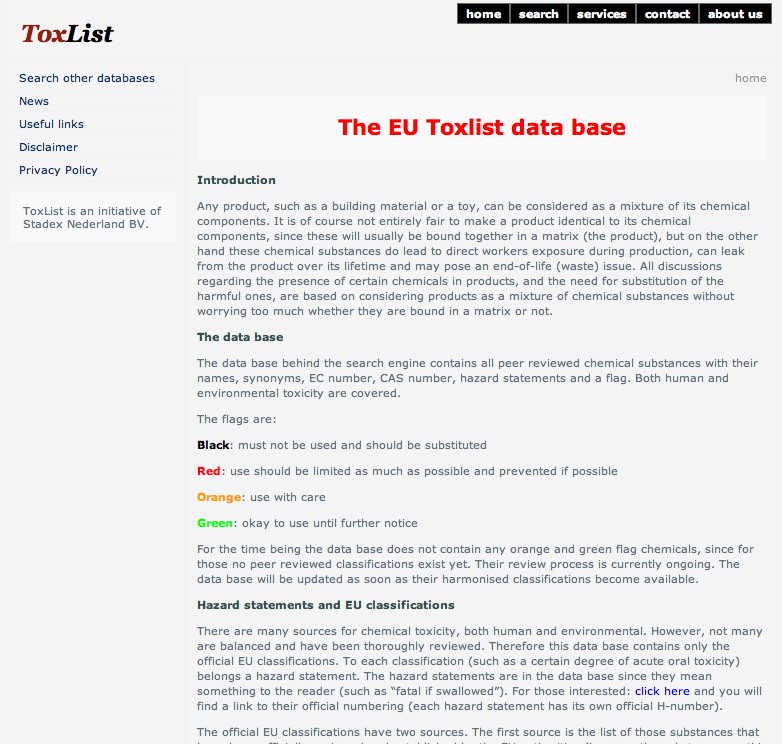
Fig. 6 ToxList Website
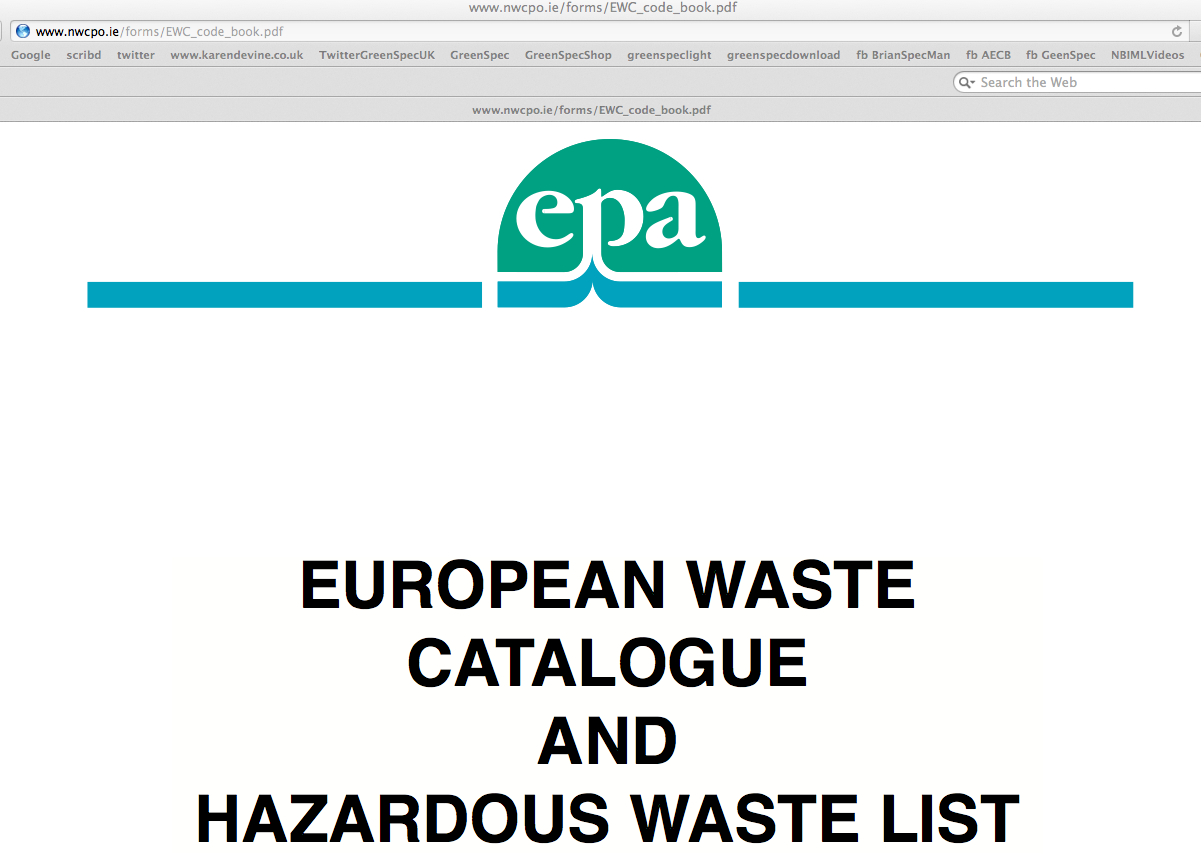
Fig. 7 EWC European Waste Catalogue
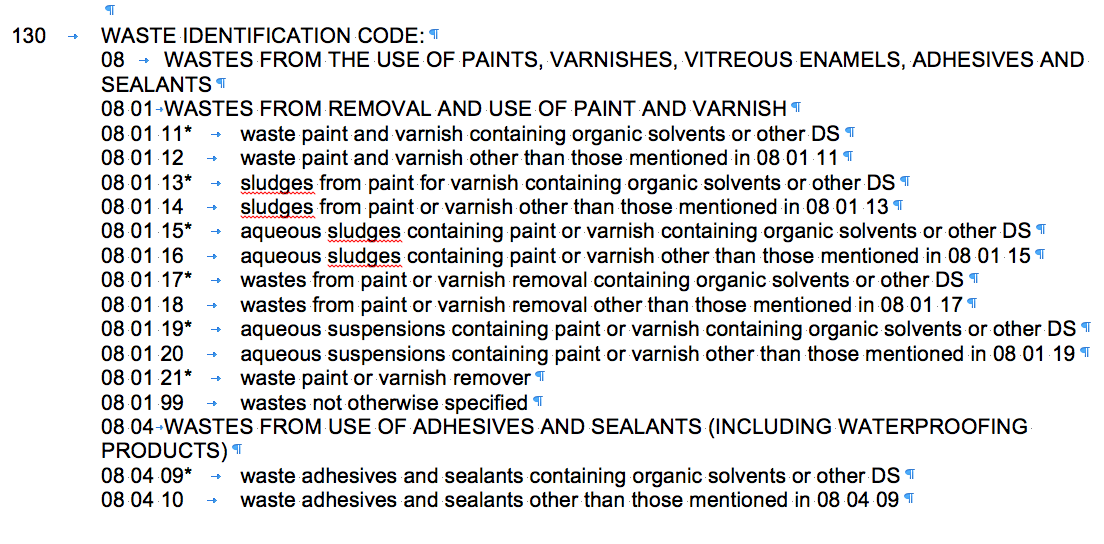
Fig. 8 GBE Green Building Specification (GBS) Appendix EWC European Waste Catalogue
Fig. 9 HSE: REACH
GBE Violet Materials
See Also:
GBE Links
- ChemSec Website
- REACH website ECHA European Chemical Agency
- EWC European Waste Catalogue
- HSE: REACH
- REACH Website
- Safety Data Sheet
- SubsPort Substitution Portal G#1563 N#1478
- SIN Substitute It Now Website
- ToxList Website
GBE Green Building Specification (GBS)
GBE Appendix
- EWC European Waste Catalogue
- DofC Declaration of Conformity
- DoEM Declaration of Excluded Materials
- A90 Declaration of Excluded Materials (RSA) G#1161 N#1165
- DoRR Declaration of REACH Requirements
- A90 ARR Declaration of REACH Requirements (P)
GBE Collaborate Services
GBE Jargon Buster
Initial
- DEHP
- EDC
- MSDS
- NGO
- PVC
- REACH
- RoHS
- SDS
- SIN
- SubsPort
- SVHC
- UN
- UNEP
- WFD
- WHO
Words and Phrases
- Article e.g. a traffic cone
- BizNGO
- CHEMSEC
- Declaration REACH Requirements (Jargon Buster) G#1065 N#1083
- “deep green state”
- Endrocrine Disrupting Chemicals (EDC’s)
- EU’s BIOCIDAL PRODUCTS REGULATION
- EuroDS
- Phthalates Esthers (Jargon Buster) G#1217 N#1218
- phthalate DEHP
- precautionary principle
- REACH REGULATIONS
- RECYCLING AND REACH
- Safety Data Sheet (SDS)
- SIN LIST (Substitute it Now)
- SKANSKA Construction
- softeners
- SubsPort Substitution Portal
- SubsPort
- Substitute it Now (SIN)
- Substance of Very High Concern (SVHC)
- UNITED NATIONS ENVIRONMENT PROGRAMME (UNEP)
- Violet (Jargon Buster) G#1583 N#1516
- Violet Materials
- WASTE FRAMEWORK DIRECTIVE (WFD)
- World Health Organisation (WHO)
- “zero hazardous materials“
GBE CPD
- Green & Violet Definitions (CPD) (This page)

- Green or Violet materials, which do you use (CPD) #G15560
- RoHS
- REACH Regulations
GBE Case Studies Information
SubsPort Database
- Gemini Adhesives Ltd.
- Substitution of carbon black in capping and coving profiles for resilient flooring finishes
- Flexible cove and capping former without phthalates
© GBE NGS ASWS Brian Murphy aka BrianSpecMan *
3rd June 2013 – 18th November 2019


